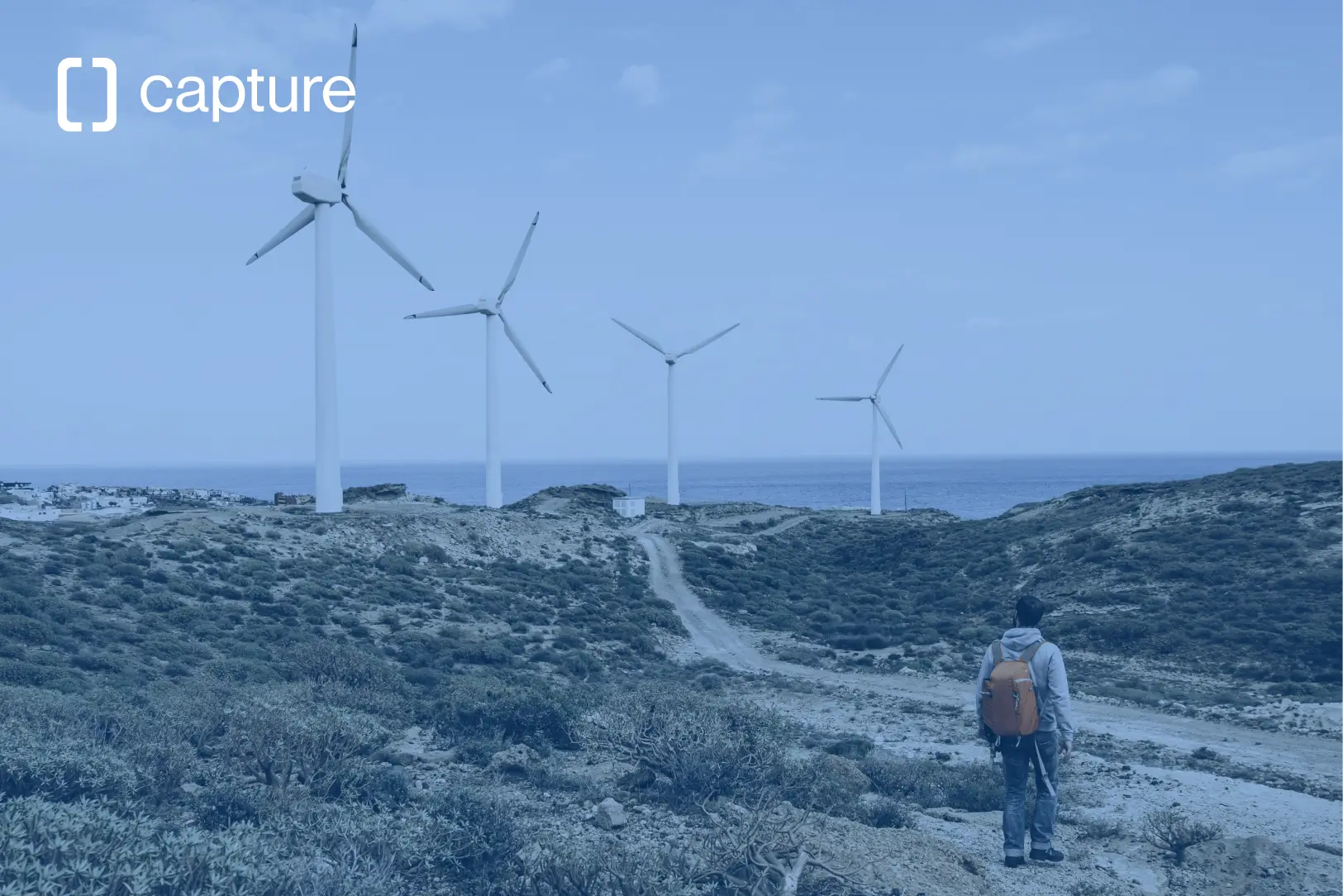Do I need a single or three-phase solar battery inverter?
Inverters can be compatible with either single- or three-phase systems, and the type you need depends largely on your existing electrical setup. In the UK, homes typically use single-phase electricity, while commercial properties often rely on three-phase systems. Understanding these differences is key to choosing the right solar battery inverter.

The topic in a nutshell
Single-phase inverters are simpler, cost-effective, and ideal for residential solar and battery setups.
Large homes and commercial buildings benefit from smoother power delivery and higher capacity.
A single-phase home needs a single-phase inverter, while a three-phase system requires a three-phase inverter.
Get a personalised assessment for the best home battery and inverter combination in a consultation.
What are the phases in a solar inverter?
A phase is a single alternating current (AC) that follows a wave pattern, where voltage rises and falls in a regular cycle. Think of it like a wave at the beach - just as a wave rises to a peak and falls to a low in a repeating pattern, an electrical phase does the same thing with voltage.
When people discuss an inverter's phase, they typically focus on whether it's single-phase or three-phase, as this is the most practical distinction for installation and usage. The inverter’s AC output side connects to the household and electricity grid and is typically configured in these two ways: It can be single-phase, which has one AC wave pattern, or three-phase, which has three AC wave patterns.
Interestingly, in solar inverters there is another complimentary side: The direct current (DC) input side comes from the solar panels and/or a battery that has no phases since DC is constant voltage flowing in one direction. Therefore, the discussion around an inverter’s phases is purely about the phases of its AC side.
What kind of phases are there?
In the UK, single phase systems are commonly found in homes, while three phase systems are the most common in commercial buildings. In contrast, in many parts of continental Europe, residential buildings are typically connected to three-phase systems. This regional difference stems from higher demand for electricity in the early 20th century, which had to be supported by three-phase systems.
Single-phase
Single-phase systems are the most common ones in residential properties, as they are simple and easy to install. In this system, electricity is supplied through one active (live) wire and a neutral wire. This means a home battery can be installed easily on the single phase; however, the battery’s output can’t be expanded as much as on a three-phase system.
.webp)
The voltage alternates in a single cycle, creating peaks and dips in power delivery. Therefore, they have limited power capacity and can be less stable for devices that consume lots of electricity due to fluctuating power cycles.
Three-phase
Three-phase systems are typically used in commercial buildings or large residential properties with high energy demands. Electricity is supplied through three active and one neutral wire. These three phases are offset by 120 degrees from each other, which creates a continuous, smooth flow of power with fewer dips and peaks compared to single-phase systems.
.webp)
Since the electricity supply is more balanced and stable, it is often used to supply properties with a large electricity consumption, heavy-duty equipment or large battery systems. However, these systems are typically more expensive and difficult to install then single-phase systems.
Other phases
Two-phase systems are an older type of system that uses two active wires with voltages offset by 90 degrees. This system is uncommon today and has mostly been replaced by three-phase systems because they provide more efficient power distribution. Two-phase systems are rarely seen in modern installations except in some legacy setups.
Split-phase systems are common in residential properties, especially in North America. They use a transformer to divide a single-phase supply into two equal 120V lines (or similar), which are 180 degrees out of phase. This setup provides both low voltage (120V) for standard household appliances and higher voltage (240V) for larger appliances like ovens and air conditioners, offering flexibility and improved efficiency.
How many phases should my solar inverter support?
Your solar inverter should support the number of phases in your property’s electrical circuits. For example, a three phase inverter includes three internal circuits to manage and supply each phase, compared to one phase inverters that can handle one phase.
Therefore, we recommend installing dedicated single-phase and three-phase inverters. However, in some cases, single-phase inverters are installed on three-phase systems by placing a separate inverter on each phase. This approach can help manage load balancing across the phases but may require careful planning to avoid inefficiencies.
Contrary to some myths, the battery doesn’t determine how many phases your inverter should support. Batteries are typically designed to be compatible with both single and three-phase inverters, allowing them to function across different system setups.
At Capture Energy we can help you find the correct home energy product and answer any other questions you might have. Answer the short survey below to get a tailored recommendation:






.webp)